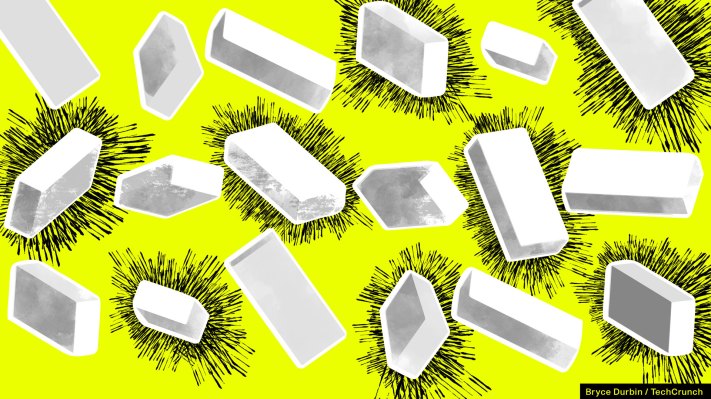For millennia, bricks were cutting-edge technology, allowing humans to build higher and stronger than before. Now, a new startup thinks bricks regain that title. Though instead of serving as a construction material, Electrified Thermal Solutions, which is participating in the TechCrunch Disrupt 2023 Startup Battlefield, hopes they’ll be the building block of newly decarbonized industries.
Today, much of heavy industry relies on fossil fuels not just for power, but heat. Getting the sort of temperatures required to make steel or cement or a range of other things is either hard or expensive with today’s electric heating technology. That has a lot of people looking at hydrogen, which can be burned just like fossil fuels without producing any carbon pollution. Unfortunately, developing enough green hydrogen capacity to drive heavy industry would also be eye-waveringly expensive.
Which is why startups like ETS are looking at alternatives called thermal batteries. When the sun is shining and the wind is blowing and electricity is cheap, thermal batteries can be charged similar to lithium-ion batteries. But when the sun sets or the wind slows, thermal batteries release that energy as heat instead of electricity.
What happens with that heat is up to the customer. They could use it to generate steam to heat buildings or power turbines to generate electricity. If a thermal battery can get hot enough, it can be used at steel mills, glassworks, chemical and cement plants, and so on.
ETS’s Joule Hive thermal battery is “98% similar to things you see off the shelf today,” co-founder and CEO Dan Stack told TechCrunch. The 2% difference from regular firebricks comes from semiconductor materials which the bricks are doped with to give them their electrically conductive properties. “We don’t even tweak the recipes a ton to get the properties we need.”
The batteries are heated by running electricity through them — “just like how your toaster works, but a lot hotter,” Stack said. The thermal mass of the bricks and the insulated container they’re stacked in allows them to hold their heat for hours or even days. Over 95% of the electricity that went into the bricks can be recovered as heat, he said.
And that heat is hot. A stack of ETS’s bricks can produce heat nearing 2,000 degrees C (3,632 degrees F), Stack said. “That’s basically flame temps. Most industries are accustomed to running with fire, and their flame temps are approaching 2,000 C. So we can do what flames can do but electrically, and we can do it with longevity. And with a cost effectiveness that wasn’t even possible before.”
ETS said the cost of its heat is at least three times cheaper than hydrogen. In some places, it’s still more expensive than heat from natural gas today, but that assumes natural gas prices will remain low or not have a carbon price tacked on. With a $50 per metric ton carbon price, ETS would only be slightly higher cost than gas. And in many places with widespread wind and solar power like Texas or the Midwest, where wholesale electricity prices are often zero or negative, ETS said its bricks are a cheaper heat source than natural gas.
The company has raised $4.75 million to date, including a $4.5 million seed round led by Clean Energy Ventures that closed in June 2022 and valued the company at $14.5 million post-money, according to PitchBook data.
ETS has worked with a brick maker to tailor its recipe to work on industrial-scale equipment using bulk materials. Currently, the company is refining its pilot system, which is about the size of an elevator, Stack said. The next step is something the size of a shipping container, which is currently in the design phase. Once the commercial-scale battery is complete, ETS will be selling either heat from the batteries or the complete system.
It’s all been a product of about a decade of work that started with Stack’s graduate research at MIT. “We didn’t arrive here overnight. We started by looking at what’s out there already,” he said. “But if you want to just do that, you’re limited by basically what’s off the shelf today. And your electric heaters in particular are the bottleneck. We built this technology to solve that bottleneck.”
